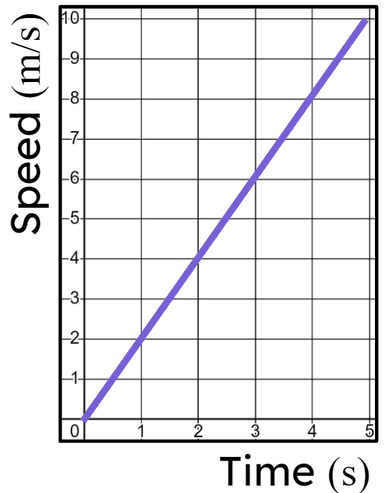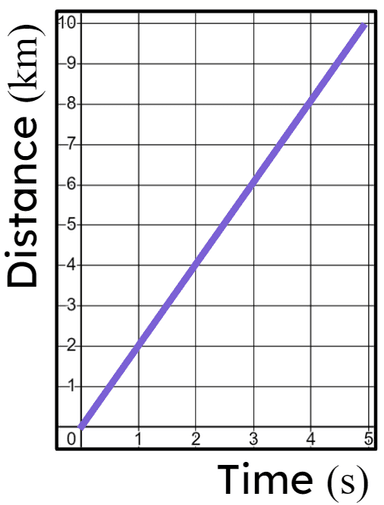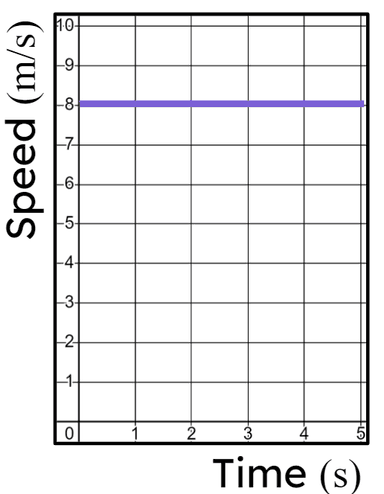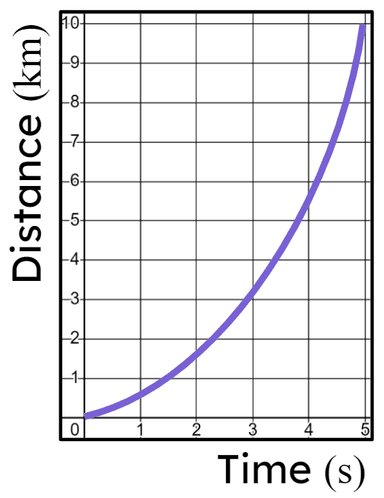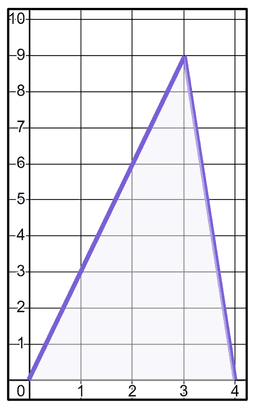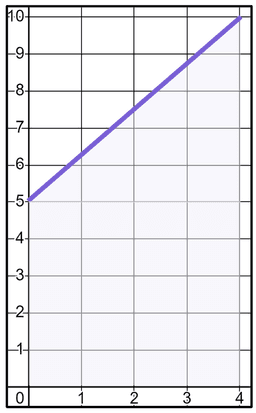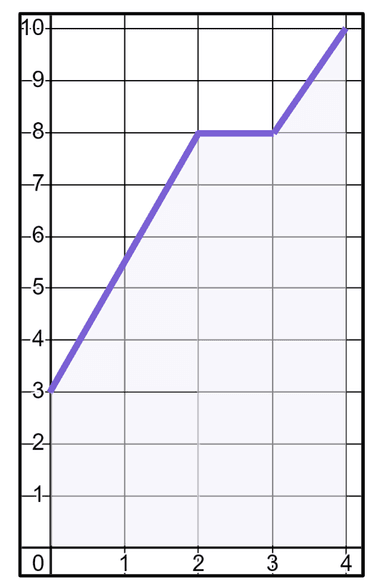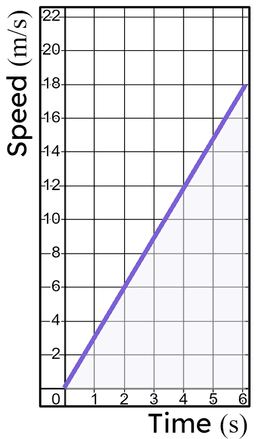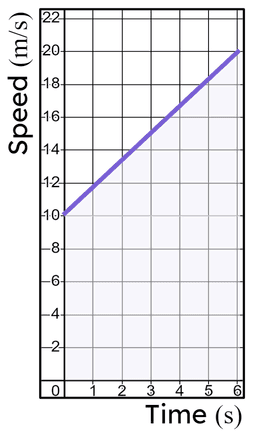Myths about teaching can hold you back
Learn why
New
New
Lesson 13 of 16
- Year 11
- Higher
Calculating journeys from linear speed-time graphs
I can deduce that the area under a speed-time graph gives the distance travelled and deduce how this may be calculated.
Lesson 13 of 16
New
New
- Year 11
- Higher
Calculating journeys from linear speed-time graphs
I can deduce that the area under a speed-time graph gives the distance travelled and deduce how this may be calculated.
These resources were made for remote use during the pandemic, not classroom teaching.
Switch to our new teaching resources now - designed by teachers and leading subject experts, and tested in classrooms.
Lesson details
Assessment exit quiz
Download quiz pdf




